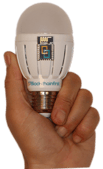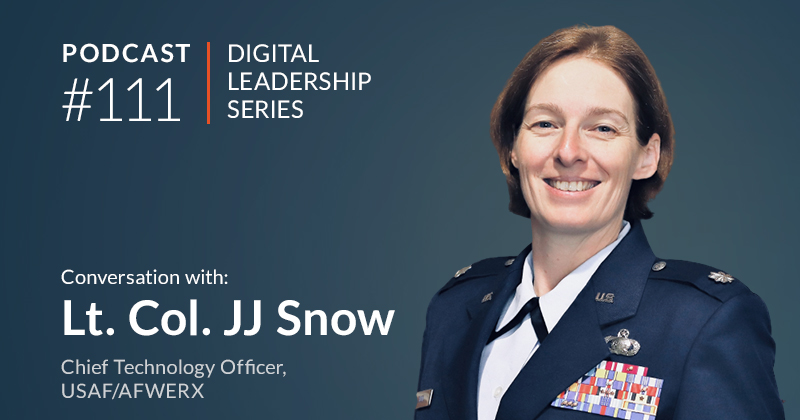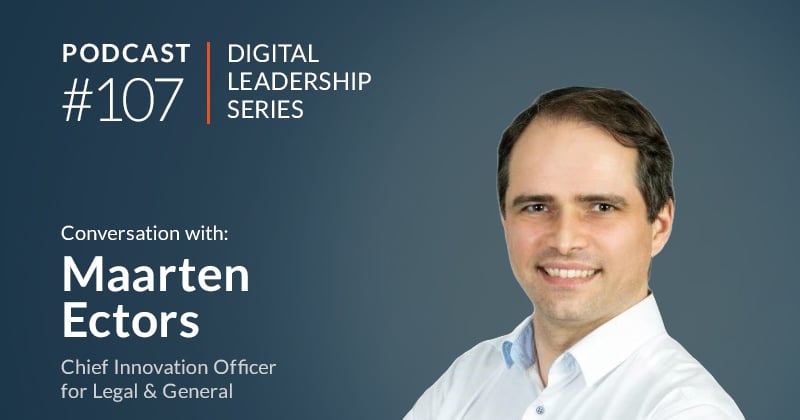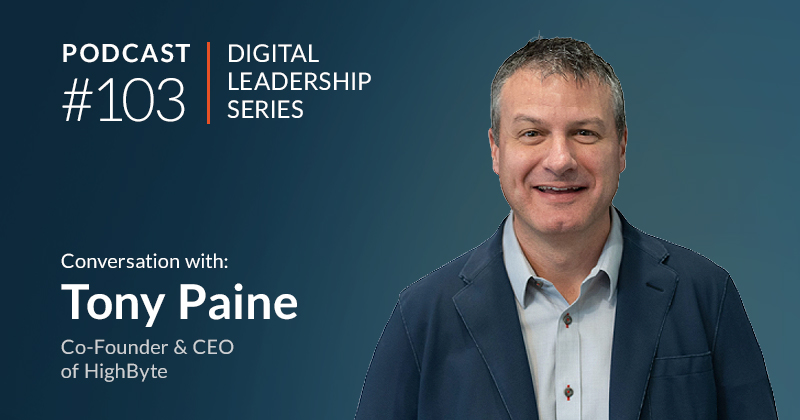Value Vector
Will Blockchain Technology Save the Internet of Things from Itself?
Ed Maguire

Exploring real use cases for blockchain in Industrial IoT
In our last blog post on blockchain technology and IoT, we looked at the application of blockchain technologies specifically in cargo shipping and logistics. We also considered the Trusted IoT Alliance and its goals to develop and set the standard for an open-source blockchain protocol to support IoT technology in major industries worldwide. Now we will take a look at how blockchain and IoT are being used in agriculture, energy, smart grid technology, manufacturing, and M2M payments.
Reducing food waste and increase transparency in food freshness
In response to the problem of food waste, Zest Labs use sensor technology and the blockchain. They have created a freshness metric called ZIPR. The software calculates a ZIPR code for each tracked pallet, using patented methodology and sensors, ensuring inventory and shipping decisions are based on actual freshness. This provides continuous real-time visibility of the remaining freshness capacity of production and then directs intelligent routing to optimize delivery for required shelf-life.
On top of this, the blockchain creates an added layer of security and trust throughout the fresh food supply chain by creating true transparency about key food freshness factors to participants within the network. Because blockchain records are immutable, they can't be modified after the fact, so the data can be trusted. Zest Labs announced recently that they are offering a free blockchain setup for growers and shippers using the Zest Fresh platform.
Selling solar energy without an intermediary
Last year LO3 Energy worked with Siemens to create a pilot TransActive Grid using blockchain technology. It enables residents with solar panels to sell excess energy back to their neighbors. Previously they’d been able to sell excess energy to utility companies, but they could not profit from it, only receiving deductions in future bills. Using the microgrid, residents no longer need a utility company as an intermediary and the microgrid can operate independently from the larger grid during power outages, providing a backup in case of emergencies. LO3 now has projects in Europe (including an as-yet-unannounced project in the U.K.), Australia, and the U.S. in Brooklyn. There's a lot of promise for this technology, but currently, the transaction costs are still high for consumers. At a utility scale, the potential for blockchain is more cost-effective for now, but over time as blockchain transaction costs decline there will be more opportunity for adoption.
Tracking connected devices
While not yet in production, Cisco Systems has proposed a blockchain system to track IoT devices according to an application released by the U.S. Patent and Trademark Office. It outlined a blockchain platform that can identify connected devices, monitor their activity, and evaluate how trustworthy each device is when connected to a network.
The system is also being designed to automatically register and assess new devices as they are added to the network, by comparing their performance to devices already on the blockchain.
The filing refers to "low-power and lossy networks" (LLNs), most notably utilized to run smart grid-type systems and smart city applications.
Pay per use connected devices
|
|
It’s clear in IoT that we are moving towards a situation where many connected devices of the present and the future will be rented or hired rather than owned including office equipment, connected cars, and white goods. In response, Blockchainfirst has created a smart lightbulb that is connected to the Ethereum blockchain. A user could send a small amount of Ether to the address of the lightbulb and it will turn on after the payment amount is consumed. |
The idea behind this lightbulb is to show that Blockchainfirst can integrate their Ethan BIoT device in almost every appliance or machine such as a car or washing machine. They’ve since created a car-sharing Wallet and hope that in time consumers will move from the typical purchasing model of buying the standard appliances outright, and over to a free appliance with a pay-per-use model.
Connect and monitor factory assets
Filament builds hardware and software for the Industrial Internet, allowing companies to securely connect and monitor their assets through long-range wireless networks. Encrypting down to the hardware level and leveraging Blockchain technology, Filament's decentralized network stack allows any device to connect, interact, and transact value independent of a central authority.
Their platform can inform the users of any errors or shortage of materials in a machine while allowing the user to have complete control of its operation and keep a ledger of any actions taken by users.
Blockchain and Connected Industry Webinar:
In our upcoming webinar, Ed Maguire will join Andre De Castro of Blockchain of Things, Lou Kerner of Flight Ventures, and Kevin Chen from IOTA Foundation to take a deeper look at the blockchain as an emerging technology and how it will help meet some of the challenges of the Industrial Internet of Things.





